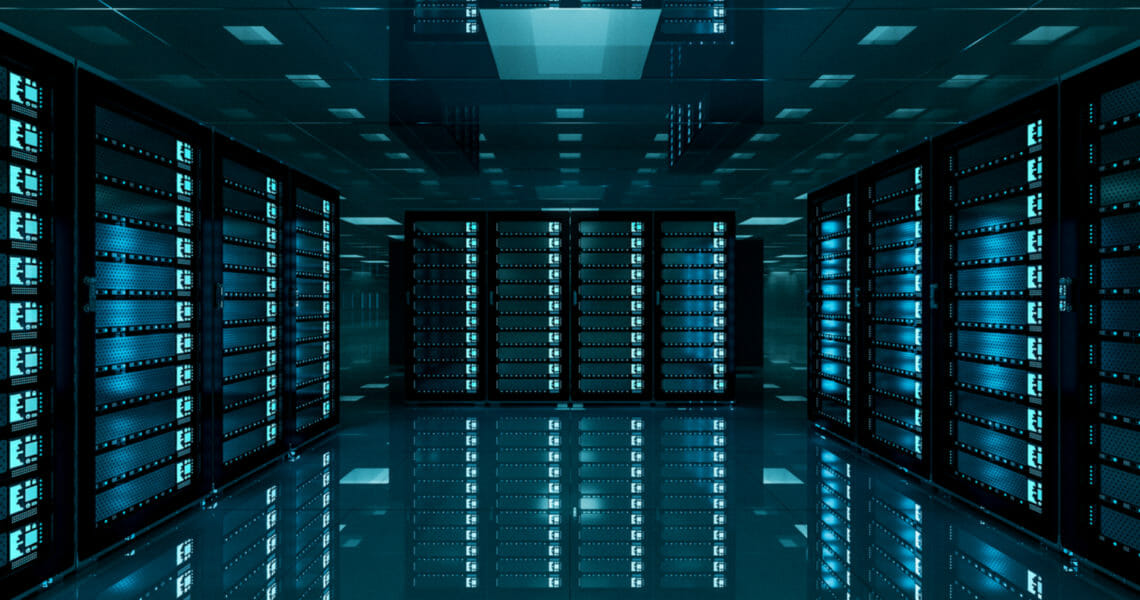Table of Contents
Mining cryptocurrency may seem highly rewarding from the outside, but only once you get involved, you will get to know the complexities that come with it. Taking Bitcoin as an example, if the number of miners increases when mining the cryptocurrency tokens available, the computing power allocated to mining will also shoot up. Thus leading to further increasing the mining complexity and difficulty level.

Going further ahead, one must account for the hundreds of dollars, and in some cases, the cost figures range in thousands as well spent on expensive custom made mining rigs. Then there is electricity cost, which being on the higher side, cannot be ignored. Combining all these factors, it’s no surprise that individual miners perpetually struggle to make even peanut size profit from mining cryptocurrency.
To overcome the challenges individual miners face, mining pools came into the picture and are currently dominating the entire mining world. As the name indicates, many miners get together on a network, combining all their resources, and putting their joint attempt in mining digital currency, working with a cumulatively enhanced computing power. Compared to individuals, mining pools’ odds of striking gold are higher. Once the reward is achieved, it gets distributed among the pool members, based on the terms and conditions set.
Let’s look at the criteria a miner must consider before zeroing on a particular mining pool.
Features to Look for in a Brilliant Cryptocurrency Mining Pool
#1. Infrastructural strength and compatibility
A plethora of mining devices, hardware, and equipment are easily available in both online and offline stores, along with something faster and better popping up every day. It becomes instrumental in knowing if your mining device matches the various requirements of the pool and if it’s compatible or not. Taking Slushpool, one of the early started mining pools, as an example, it clearly states not to use GPU, CPU, or any form of smartphone driven Bitcoin mining techniques.
The same goes for software packages involved in mining. All software packages need to be compatible with the pool, or else they won’t function. There is also a requirement of some pools where the miners must have a minimum set speed of network connection to the server of the pool, which will be subject to verification against the speed of internet, the miner is supposed to be working on. Before one jumps on the list of advantages and disadvantages of a mining pool, these stipulations should be considered to check if you are eligible in the first place to join the pool.
#2. Assigning mining tasks
Different methodologies and techniques are used for assigning tasks to miners. Let’s say one pool has weaker miners and comparatively, the second one has stronger miners. The server’s algorithm is capable of t understanding this and hence accordingly distributing the mining work in those multiple subgroups.
The common practice is to allocate the simpler task to miners of the first pool, and the difficult ones will go to the second one. The advantage of doing so is the maintenance of uniformity in mean communication frequency for multiple miners who operate throughout the network on varying capacities.
Taking Slushpool as an example, it uses an algorithm called Vardiff, a short form of Variable Difficulty. It is specifically designed to assign tougher tasks to more capable individual miners and easier ones to miners with lesser computing capacity, thus ensuring an even frequency of communication. It results in the hash data flowing out in a balanced manner to the server of the pool. By doing so, the hash rate produced by each miner is accurately measured, ensuring a fair chance for the miners to get the reward.
Irrespective of the device used and its mining power, an individual miner should see the uniformity level of hash tasks allocated by servers of the pool, before becoming a part of the mining pool. Let’s take a situation where you join a mining pool that prioritizes high computing devices. Even if today, you have the latest mining hardware, the scenario will become unfavorable for you with higher computing devices joining the pool at a later stage. This will push down your device, resulting in no profits. It is important that each miner gets a fair opportunity to reap rewards based on the device’s capability.
#3. Transparency of the pool
The mining pool operator has certain obligations, which he/she must perform in a fair and just manner to ensure that a level of trust and transparency is maintained between the mining pool members. Questions like is the declared hash rate, fair, pool level, or how lucky/unlucky the pool was at multiple difficulty levels of mining should be answered by the mining pool operator.
Various measures have been taken to ensure transparency within the pool. The most significant among them being a dashboard for miners, which updates in real-time. A miner must look out for such key metrics and mechanisms in place that ensure the whole pool system operates transparency, reducing the ambiguities.
#4. Frequency of payout and its threshold
It’s all about finding the right match. You cannot afford to go for a mining pool with a higher payment threshold with low-end mining equipment. Lower computational power is directly proportional to lesser earnings, thus prolonging the wait for the operator’s payment to release. The same logic applies to the frequency of the payment.
#5. Pool security
No matter how great and lucrative the deal looks, it should always be a big NO if the pool has significant security concerns. Factors like open connection or secure connection, vulnerability to DDoS threats, becoming more and more common with so many pools going on, should be evaluated at the time joining the pool. One must also try finding out if the pool does get attacked by hackers, can the attack be repealed or not.
#6. Fee structure of the pool
Most of the mining pools charge a small fee for offering their services, but there are a few mining pools that do cost a single penny. A miner must look closely into the payout and fee structure, to stay aware of additional charges that may pop up at a later stage, if not initially.
Picking the right size of Cryptocurrency Mining Pool

A general perception floating around is that the pool size does not make a difference as in a particular time frame, the total coins mined is as per the power of small or large sized mining pools, leveling the playing field. However, with a large mining pool, the probability of solving a block increases, resulting in faster encashment of rewards. On the other hand, smaller pools may have to spend long periods without a block, before probably hitting a purple patch where blocks get solved quicker.
With Mining Watchdog, you can learn and practice the various aspects of cryptocurrency mining. Becoming a successful miner requires good knowledge, patience, a good amount of practice, and of course, a tinge of luck. One must consider all or most of the factors mentioned above to get the best results with the resources at hand, by joining a crypto mining pool. The more you learn about the hardware, equipment, operators, schemes, contracts, and other mining technicalities, the better will be the odds of reaping the benefits.





No Comment